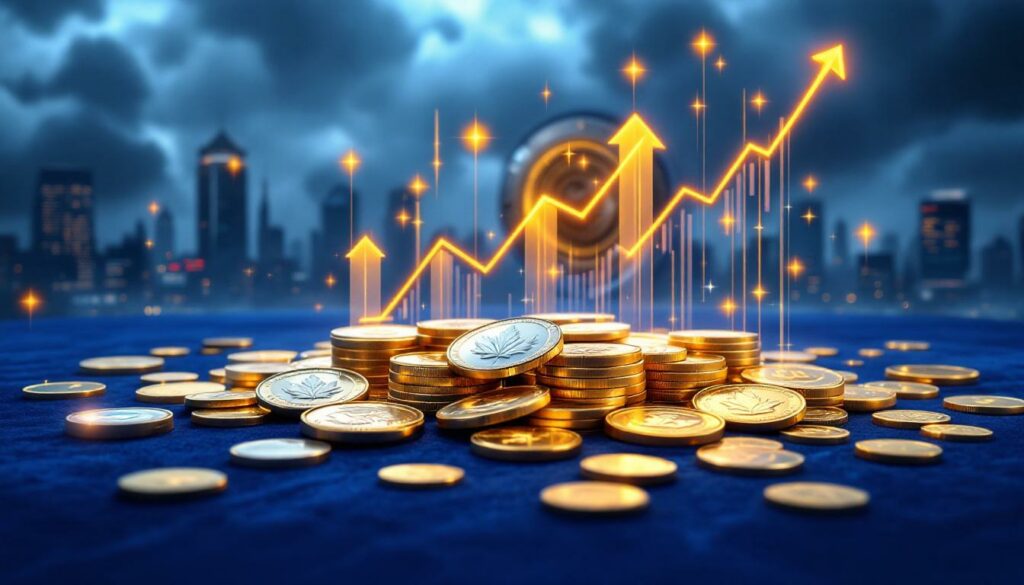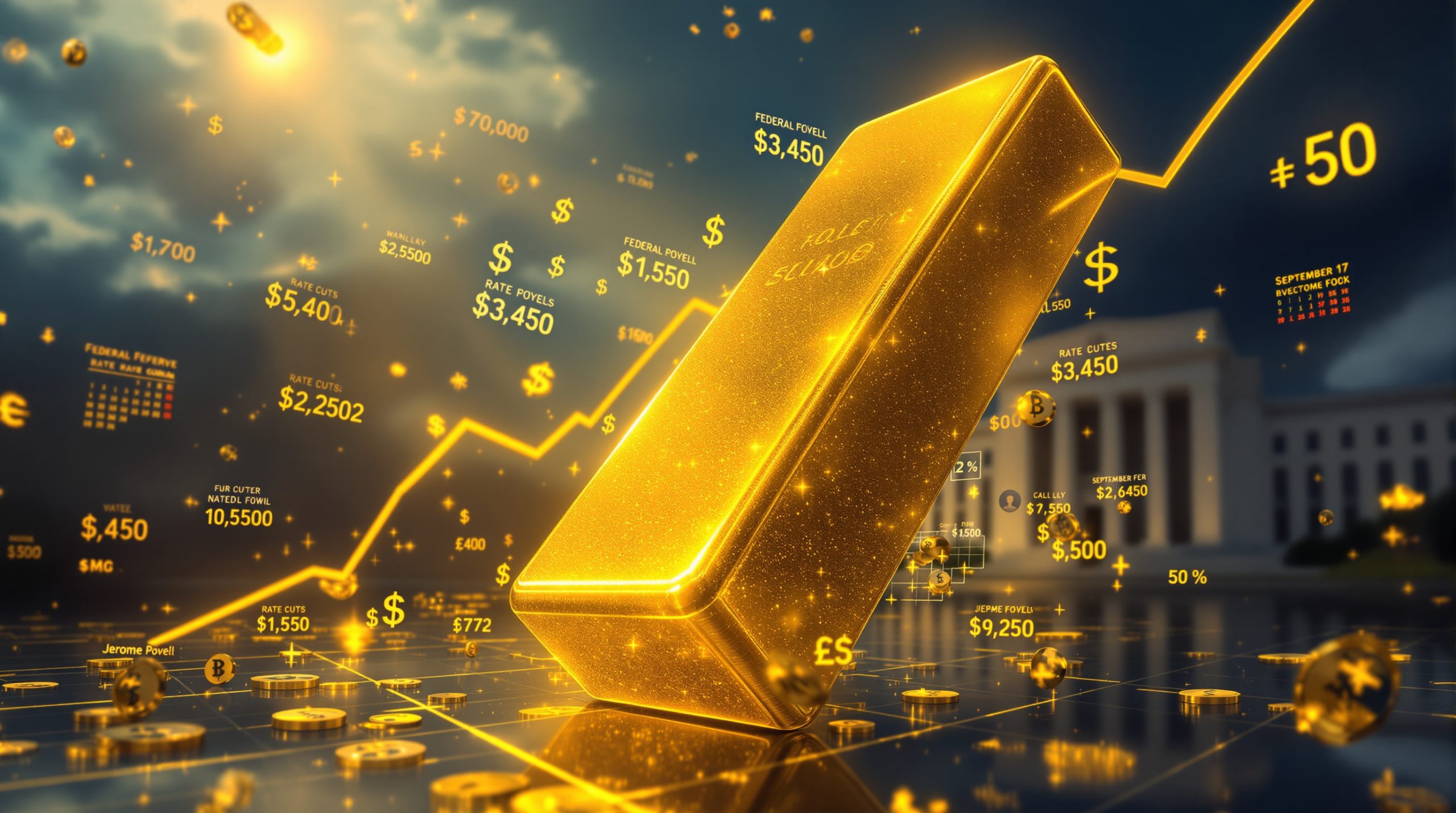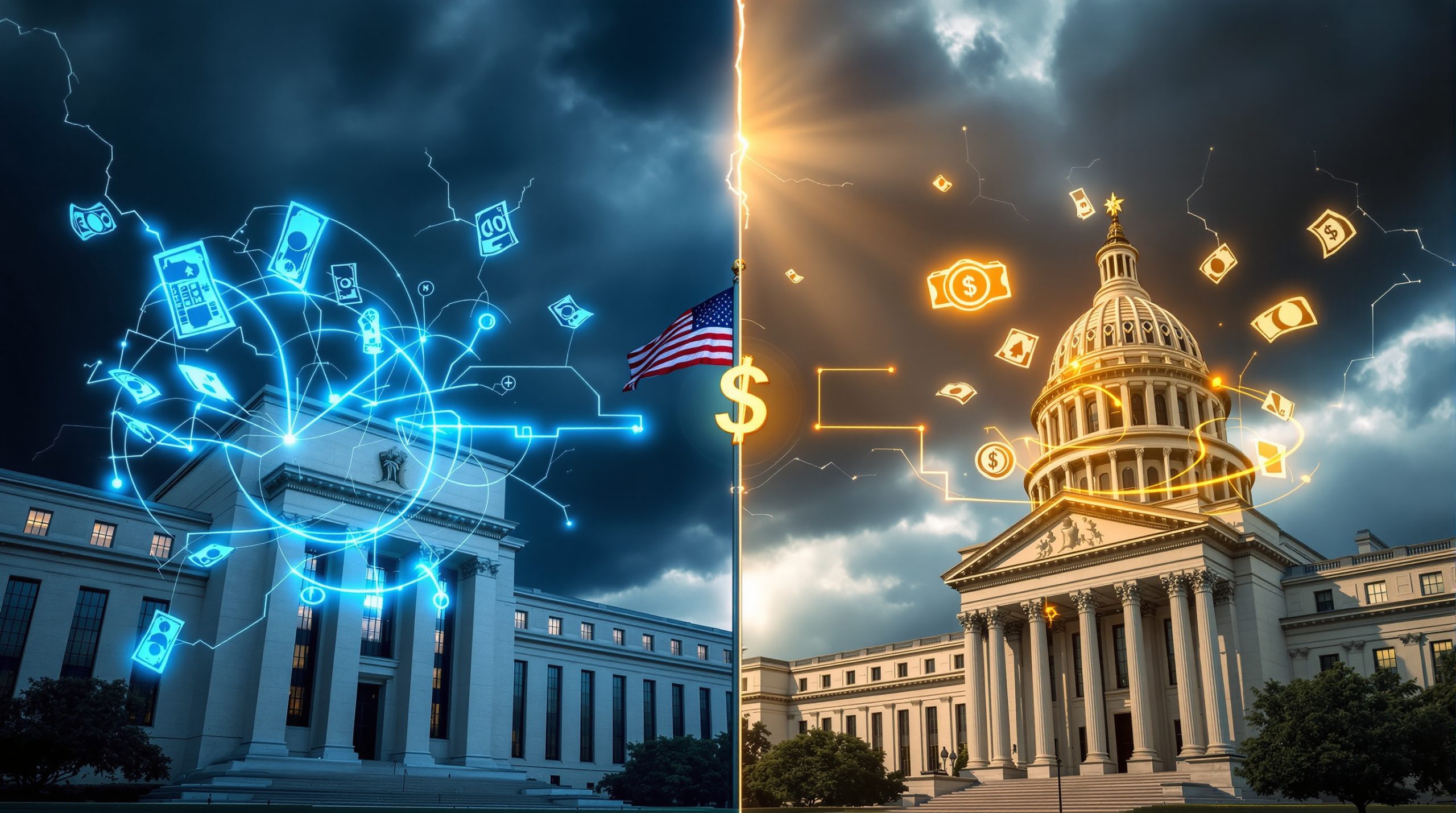What Is Legal Tender Status for Gold and Silver?
Legal tender status for precious metals represents a fundamental shift in how these assets function within the modern economy. When gold and silver coins receive legal tender designation, they transform from simple investment vehicles into officially recognized forms of money that can be used to settle debts and make payments within that jurisdiction.
Unlike their traditional role as collectibles or investments, legal tender status elevates precious metals to a position alongside fiat currencies in the monetary system. This recognition carries significant legal and practical implications for investors, businesses, and the broader financial landscape.
Understanding Legal Tender Recognition
Legal tender recognition means that gold and silver coins can be used as official payment for goods, services, and debts. This status derives its authority from constitutional principles—specifically Article 1, Section 10 of the U.S. Constitution, which states that "No State shall… make any Thing but gold and silver Coin a Tender in Payment of Debts."
When precious metals receive legal tender status, they typically trade at their market value rather than any nominal face value stamped on the coin. For example, a one-ounce American Gold Eagle with a $50 face value would be valued at the current spot price of gold (approximately $3,300 in 2025) when used as legal tender.
The Current State of Gold and Silver as Legal Tender
As of 2025, a remarkable transformation has occurred across the American monetary landscape, with most U.S. states having recognized gold and silver as legal tender. Florida joined this movement in 2023 when it abolished sales tax on precious metals through Senate Bill 1262, becoming one of the more recent states to embrace sound money principles.
According to the Sound Money Defense League (2023), 29 states had already eliminated sales taxes on precious metals by 2023, with this number continuing to grow. The transcript indicates that by 2025, only three to four states remain without such recognition, signaling a significant paradigm shift in monetary policy at the state level.
Mark Yaxley, Managing Director at Strategic Wealth Preservation, notes: "Removing state sales tax—which can be as high as 7% in some jurisdictions—is a game-changer for investors. We're witnessing gold and silver's role morphing from mere investment assets into true monetary assets with practical applications."
Key Benefits of Legal Tender Status
The recognition of precious metals as legal tender provides several tangible benefits:
-
Tax Advantages: Elimination of state sales taxes on precious metals purchases saves investors up to 7% in acquisition costs, immediately improving investment returns.
-
Inflation Protection: Physical gold and silver provide a hedge against currency devaluation, preserving purchasing power during periods of monetary expansion.
-
Alternative Payment Systems: Legal tender status creates parallel payment options outside traditional banking networks, enhancing financial resilience during banking crises.
-
Constitutional Alignment: State-level recognition brings monetary policy closer to the constitutional vision of sound money as defined in Article 1, Section 10.
-
Financial Sovereignty: Individuals gain greater control over their wealth, reducing dependence on purely digital financial systems.
Why Are States Adopting Gold and Silver as Legal Tender?
The accelerating trend of states recognizing gold and silver as legal tender reflects deeper concerns about the stability of the traditional financial system. This movement represents more than a mere policy shift—it signals a fundamental reevaluation of what constitutes sound money in an era of unprecedented economic uncertainty.
Economic Uncertainty Driving Policy Changes
The movement toward gold and silver as legal tender is largely fueled by mounting concerns about national debt levels, inflation risks, and long-term currency stability. By 2025, major economies including the U.S., UK, and Japan face significant debt challenges that threaten their fiscal health.
The U.S. national debt reached a staggering $34.7 trillion by June 2024 according to U.S. Treasury data, with projections indicating continued growth through 2025. This unprecedented debt burden has prompted state legislators to explore monetary alternatives that might better preserve citizen wealth.
According to the Sound Money Defense League (2023), 72% of U.S. states have introduced pro-precious metal legislation since 2020—a clear indication that concerns about US inflation and debt have reached a critical mass at the state level.
The Repositioning of Precious Metals in the Economy
Since 2024, a fundamental shift has occurred in how gold and silver are viewed within the financial system. Mark Yaxley observes that "the U.S. credit rating downgrade and collapse in treasury demand are forcing states to seek alternatives to traditional dollar-denominated assets."
This repositioning reflects both practical and philosophical considerations:
-
Monetary Function: Once relegated primarily to investment portfolios, these metals are increasingly seen as monetary assets with practical applications in commerce and savings.
-
Constitutional Legitimacy: State legislators are revisiting the constitutional foundations of money, recognizing gold and silver's explicit mention in founding documents.
-
Citizen Protection: States are responding to constituent concerns about inflation and banking system fragility by providing legal frameworks for alternative forms of money.
Arizona took the bold step of eliminating capital gains taxes on precious metals in 2022 through House Bill 2014, demonstrating how states are using tax policy to encourage the adoption of sound money principles.
Declining Trust in Traditional Safe Havens
U.S. Treasury bonds, long considered the ultimate safe-haven asset, have faced unprecedented challenges that have diminished their appeal:
-
Credit Rating Pressures: Rating agencies have expressed increasing concern about U.S. debt sustainability, affecting market perception of risk.
-
International Demand Shifts: Foreign central banks have reduced their purchases of dollar-denominated assets, diversifying into gold and other currencies.
-
Yield Concerns: Real (inflation-adjusted) yields on government bonds have struggled to provide meaningful returns, pushing investors toward hard assets like gold and silver.
This decline in trust has accelerated the search for alternative stores of value, with precious metals emerging as a logical choice due to their long history as monetary metals and their inability to be created through monetary policy decisions.
How Do Gold and Silver Perform as Investments in 2025?
The precious metals market has demonstrated remarkable strength in 2025, outperforming many traditional investment classes while providing both growth potential and stability during periods of economic uncertainty.
Current Market Performance
Gold has emerged as one of the standout asset classes of 2025, with a 29% year-to-date increase bringing prices to approximately $3,300 per ounce. This performance follows a strong 2024, when gold rose 15% amid interest rate cuts according to World Gold Council data.
Silver has followed this upward trajectory with a 20% gain in 2025, approaching $35 per ounce and confirming its reputation for volatility-driven outperformance during strong precious metals markets. Even platinum, which struggled in previous years due to declining automotive catalyst demand, has posted a respectable 17% increase.
These performances are particularly notable when compared to traditional financial assets:
- Equities: Major stock indices have shown increased volatility amid economic uncertainties
- Bonds: Fixed income investments have struggled with inflation and interest rate pressures
- Real Estate: Property markets have faced challenges from elevated mortgage rates
Price Forecasts and Market Projections
Market analysts are projecting ambitious price targets for precious metals through the remainder of 2025. Mark Yaxley suggests that "gold could hit $4,000, with silver reaching $40-50 by the end of 2025 if key resistance levels continue to break."
These projections are based on several technical and fundamental factors:
- Technical Breakouts: Silver's successful penetration of resistance at $26 and $34 per ounce signals potential for continued upward momentum
- Geopolitical Premium: Ongoing international tensions continue to support safe-haven demand
- Currency Weakness: The U.S. dollar index (DXY) has fallen 8% year-to-date in 2025, providing tailwinds for dollar-denominated commodities
- Industrial Demand: Silver's growing industrial applications create a dual demand driver alongside investment interest
While these projections represent analyst expectations rather than guarantees, the technical and fundamental picture supports continued strength in the precious metals sector, with comprehensive gold price analysis pointing to further gains ahead.
Comparative Performance with Other Asset Classes
Precious metals have demonstrated their value as portfolio diversifiers in 2025, providing both growth potential and stability during periods of market volatility:
| Asset Class | YTD Performance (2025) | 5-Year CAGR | Volatility Rating |
|---|---|---|---|
| Gold | +29% | +12.3% | Moderate |
| Silver | +20% | +15.7% | High |
| S&P 500 | +8.2% | +9.1% | Moderate-High |
| U.S. Bonds | +2.3% | +1.8% | Low-Moderate |
| Bitcoin | +12.7% | +28.3% | Very High |
This performance highlights the dual nature of precious metals as both growth assets during certain market cycles and stability providers during periods of financial stress. Their negative correlation with many traditional financial assets further enhances their portfolio utility.
Investment Disclaimer: Past performance is not indicative of future results. The price forecasts mentioned represent analyst opinions and should not be considered guarantees of future performance. Investors should conduct their own research or consult with a financial advisor before making investment decisions.
How Does Industrial Demand Impact Silver's Investment Potential?
While gold primarily serves monetary and investment functions, silver market dynamics create a unique value proposition for investors. Understanding the industrial demand drivers for silver provides crucial context for its investment potential.
Technological Applications Driving Demand
Silver's exceptional thermal and electrical conductivity, combined with its antimicrobial properties, make it indispensable across multiple high-growth industries:
- Advanced Computing: Silver's conductivity makes it essential in semiconductors, circuit boards, and high-performance computing applications supporting AI development
- Automation Technologies: Industrial robots and automated systems rely on silver contacts for reliability in critical applications
- Military and Defense: Silver's unique properties support advanced defense systems and communications technology
- Medical Devices: Silver's antimicrobial properties make it valuable in wound dressings, surgical instruments, and implantable devices
- Renewable Energy: Solar panels alone consumed approximately 170 million ounces of silver in 2023 according to the Silver Institute (2024)
The Silver Institute reported that industrial silver demand reached 632 million ounces in 2023, with projections for continued growth as technological applications expand. Particularly noteworthy is silver's irreplaceable role in photovoltaic solar cells, where approximately 90% of PV cells utilize silver according to the National Renewable Energy Laboratory (2023).
Supply-Demand Dynamics Creating Structural Shifts
Unlike platinum group metals that rely heavily on catalytic converters (which face declining demand in an electric vehicle future), silver benefits from diversified industrial applications that provide demand stability even as specific sectors evolve.
This diversification creates a more balanced demand profile:
| Silver Demand Sector | 2023 Volume (Moz) | 5-Year Trend | Growth Drivers |
|---|---|---|---|
| Industrial | 632 | Increasing | Solar, electronics, medical |
| Investment | 329 | Volatile | Economic uncertainty, inflation |
| Jewelry/Silverware | 234 | Stable | Cultural demand, affordability |
| Photography | 28 | Declining | Digital transition, specialized uses |
| Total Demand | 1,223 | Growing | Diversified applications |
The contrast with platinum is instructive. The World Platinum Investment Council (2024) reported that automotive platinum demand fell 12% in 2023 as electric vehicle adoption reduced catalytic converter demand. Silver faces no such concentrated risk, with emerging technologies like AI data centers estimated to require 50 million ounces by 2030 according to CRU Group (2023).
Breaking Through Key Resistance Levels
Silver's price action in 2025 has demonstrated significant technical strength, overcoming longstanding resistance levels that had previously contained rallies:
- $26 per ounce: A level that capped multiple rallies between 2020-2024
- $34 per ounce: The highest point reached during the 2020-2021 rally period
The successful penetration of these resistance levels suggests the potential for continued upward momentum as industrial and investment demand converge. Technical analysts note that silver's historical pattern often includes periods of underperformance followed by explosive upside moves when market conditions align.
This technical picture, combined with robust industrial demand fundamentals, creates a compelling case for silver's investment potential beyond its traditional role as "poor man's gold."
How Are Gold and Silver Integrating with Modern Financial Technology?
The intersection of precious metals and financial technology represents one of the most innovative developments in the monetary landscape. This convergence is creating new accessibility, transparency, and utility for assets that have historically been challenging to transact with or store.
Digital Gold and Silver Products
The financial technology sector has developed numerous applications that bridge traditional precious metals with digital convenience:
- Mobile Applications: Smartphone platforms now enable fractional gold and silver ownership with minimal transaction fees
- Blockchain-Based Systems: Distributed ledger technology supports verifiable ownership of precisely allocated metals
- Digital Tracking: Complete supply chain transparency from mine to consumer
- Tokenized Metals: Blockchain tokens backed by physical gold and silver held in secure vaults
A 2024 Deloitte survey found that 22% of investors now use blockchain-based gold platforms for at least a portion of their precious metals exposure. PAX Gold (PAXG), one of the leading tokenized gold products, has surpassed $1 billion in market capitalization according to CoinMarketCap data from June 2025.
These innovations address traditional barriers to precious metals ownership:
- Divisibility: Digital platforms allow ownership of fractional amounts, lowering entry barriers
- Storage Concerns: Physical security is handled by professional vaulting services
- Transaction Costs: Digital transfers reduce the friction of physical delivery
- Verification: Blockchain provides immutable records of ownership and authenticity
Blockchain Technology and Provenance Tracking
Blockchain technology has revolutionized provenance tracking in the precious metals supply chain, addressing longstanding concerns about authenticity and ethical sourcing:
- Mine-to-Vault Transparency: Companies like Everledger have developed blockchain systems that track gold and silver from their mining source through refinement and to final custody
- Ethical Sourcing Verification: Immutable records confirm compliance with responsible mining practices
- Custody Confirmation: Real-time audit capabilities verify that tokenized metals are fully backed by physical holdings
- Fraud Prevention: Blockchain's distributed nature makes tampering with records virtually impossible
This transparency addresses a critical concern in the precious metals market, where questions about the authenticity of physical products or the backing of paper gold have historically created trust issues for investors.
The Fundamental Value Proposition
Despite technological advancements, the underlying physical assets remain the foundation of value in the precious metals market. As Mark Yaxley emphasizes, "Digital applications enhance accessibility and utility but ultimately derive their worth from the tangible precious metals they represent."
This creates a balanced value proposition where:
- Physical Metals provide the fundamental store of value and inflation protection
- Digital Interfaces enhance accessibility, divisibility, and transaction efficiency
- Blockchain Verification ensures transparency and authenticity
- Custody Solutions address security concerns while maintaining ownership rights
For investors, this convergence offers unprecedented flexibility in how they access the benefits of precious metals ownership while maintaining the security and certainty of physical backing.
Important Consideration: Investors should thoroughly research any digital gold or silver platform to verify physical backing, custody arrangements, redemption terms, and fee structures. The SEC has taken action against unbacked "digital gold" products in recent years, highlighting the importance of due diligence.
What Role Do Gold and Silver Play During Financial Crises?
Historical patterns consistently demonstrate that precious metals perform a critical function during periods of financial stress. Understanding this role provides important context for why central banks, institutions, and individual investors maintain allocations to gold and silver despite their lack of yield.
Lessons from the 2008 Financial Crisis
The 2008 global financial crisis provides a valuable case study in how precious metals perform during systemic financial stress:
- Divergent Performance: While the S&P 500 fell 38% during the crisis, gold rose approximately 25% according to World Bank data (2009)
- Liquidity Under Pressure: Gold maintained its trading liquidity even as many markets froze
- Banking System Concerns: Physical precious metals ownership provided security outside the banking system during a period of institutional stress
- Recovery Pattern: Gold continued to perform well during the recovery phase as monetary stimulus raised inflation concerns
This pattern has repeated across multiple crisis periods, including the COVID-19 market disruption in 2020, when gold reached new all-time highs while many assets experienced significant drawdowns.
The current economic environment presents potential parallels to previous crisis periods, but with several unique characteristics that could amplify precious metals' protective role. The gold price forecast for 2025 reflects these concerns, with many analysts
Want to Capitalise on the Next Major Mineral Discovery?
Discover significant investment opportunities as they happen with Discovery Alert's proprietary Discovery IQ model, which delivers real-time notifications on major ASX mineral discoveries before the broader market reacts. Visit the Discovery Alert discoveries page to see historic returns from past mineral discoveries and begin your 30-day free trial today.




